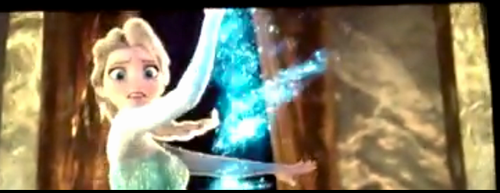

Some of the features listed below may be pulled forward into that 1.8 branch if needed for product releases off that branch, but you shouldn't count on it. The work described in this document will be performed - in several cases it is already being performed - on the trunk of Mozilla CVS, with the 1.8 branch preserved largely intact. Products such as Thunderbird, and projects such as Sunbird, will likely adapt their roadmaps to match the product/platform pair centered on Firefox and Gecko. The other document, the "product" roadmap, builds on this one to detail the plans for Firefox 2 and Firefox 3. The product delivery vehicle for this platform will be explored, discussed, and refined in another roadmap process, to which this document will soon link. This roadmap describes the planned capabilities of the Mozilla platform, often known as "Gecko", in the 1.9 release. 3.7 Miscellaneous platform improvements.3.6 Embedding and application deployment.3.5 Web app deployment and capability improvements.2 About This Roadmap And Branches/Releases.1 Important Preamble That You Should Read, Unlike All The Other Ones That You Just Skip To Get To The Good Stuff.The “ exteriorly” qualifier is important, since you can still have interior mutability through Cell-like things. The last two figures summarize the key differences and similarities between the two kinds of references, both pictorally and in text form. I used a Greek letter on purpose because there is no syntax for concrete lifetimes in Rust, currently. In both figures, ’ ρ is a name I have chosen for the lifetime of the references.
_Poster.jpg)
In contrast, for non-mutable borrowing I used a snowflake symbol (❄) to indicate that the original object is only frozen: you can still take more non-mutable references, but you cannot move or take mutable references of it.For mutable borrowing, I used a lock symbol (🔒) to signify that the original object is effectively locked for the duration of the borrow, rendering it unusable.The central two figures depict the two ways in which you can borrow an object you own, and what each one offers. In this case, every use of the object would result in a copy, as shown by the bifurcation. Copy semantics (⎘) are reserved for types that do implement the Copy trait.This stands in contrast to much of the real world: I can’t just give someone my pen and still use it for writing! In Rust, any variable whose type does not implement the Copy trait has move semantics and would behave as shown. There is no deception here: move semantics are strange only because most languages allow variables to be used as many times as the programmers please. The picture on move semantics (⤳) looks almost too simple.The upper two figures depict the two main kinds of semantics for data that you own: either move semantics or copy semantics.
#FROZEN SCRATCHPAD CODE#
If you are learning Rust and find these graphics helpful, I would recommend annotating your own code with such diagrams to help solidify the concepts :)

It isn’t meant to be a replacement for the various tutorials out there but more of a different perspective for programmers who prefer to grok concepts visually. To avoid clutter in the graphics, I have tried to keep the text to a minimum.

Most of these concepts are fairly specific to Rust and are therefore a common stumbling block for many learners. Below is a graphical depiction of moving, copying, and borrowing in the Rust language.


 0 kommentar(er)
0 kommentar(er)
